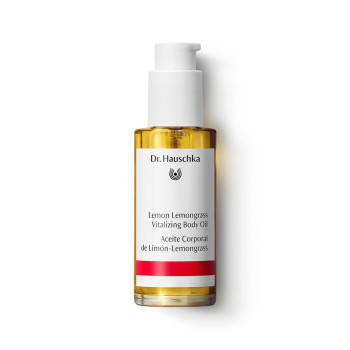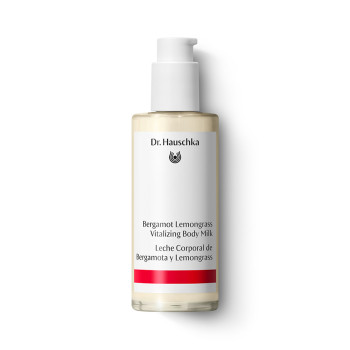
Lemon Grass
Synonyms: West Indian lemon grass
Scientific Name: Cymbopogon citratus L.
Family: Poaceae (grass family)
Habitat
Probably East India and Indonesia
Constituents
Essential oil with citral as chief constituent, flavonoids, triterpenes
Description
Just thinking of lemon grass conjures up exotic images suffused with the fragrances of Thai cuisine. This perennial plant, which belongs to the grass family, is at home in tropical climates. It has smooth, bluish-green leaves consisting of a short, closed sheath at the base and a long, open blade which can grow to a length of up to 150 centimetres and droops gracefully at the tip. The sharp blades grow in clumps up to 120 centimetres across and when crushed give off a lemony aroma. Each new leaf grows within the sheath of the youngest leaf. This gives rise to a ring of leaves, thickened at the base, the leaves encased within each other onion-fashion and with the oldest leaves on the outside. Lemon grass produces its ear-like inflorescence only rarely. Its usual means of spreading is by runners.
When we talk about grass we usually think of the grass growing on a meadow or a garden lawn, for example. But it is worth taking a closer look at the grass family. After all, besides lemon grass it includes such important crops as wheat, rye, barley, oats, millet, maize, rice, sugar cane and bamboo. The hollow stems of grass are called culms. Its leaves and flowers branch out from these stems at thickened, solid growth points, the nodes. The very simple, wind-pollinated inflorescences of the grasses are known as spikelets and these are enclosed in bracts known as glumes. The inflorescences are arranged in varying ways: as ears (e.g. wheat, maize), spikes (e.g. rye, barley), panicles (e.g. oats, rice) or racemes, i.e. unbranched spikelet stalks on an elongated axis.
Interesting Facts
The botanical term Cymbopogon is derived from the Greek kymbe = boat and pogon = beard. It describes the boat-shaped glumes and the densely clustered inflorescences which resemble a thick beard.
Caravans from tropical Asia brought lemon grass to Europe in the Middle Ages. Here it was used in the brewing of beer and the production of spiced wine. However, lemon grass only really became part of our culture in the 1980s, both as an aromatic oil for aroma lamps and as an ingredient in the increasingly popular Asian cuisine.
The lemon grass in traditional dishes from South East Asia and Sri Lanka is always fresh, as dried grass is much less aromatic. The juicy, thickened base of the leaves is used because this is where most essential oil is found. The white inside is finely chopped and mixed into the food. Older, woody stems are best pounded and cooked whole with the other ingredients, and then fished out before serving. The lemony aroma with a hint of rose fragrance rounds off the flavor of a dish nicely. For a refreshing, thirst-quenching drink, soak fresh leaves in cold water. In India lemon grass is used primarily for perfume-making and as a medicinal plant.
Anyone wishing to grow their own lemon grass plant can go into any Asian speciality shop and buy a freshly cut stem. Place it in water and the cut surface will produce roots. Plant the rooted stem and it will turn into an aromatic plant. Incidentally – fresh lemon grass stalks keep very well frozen.
The plant in our products
An extract of lemon grass is contained in:


